17 - Part 4 Filter systems - Berlin system
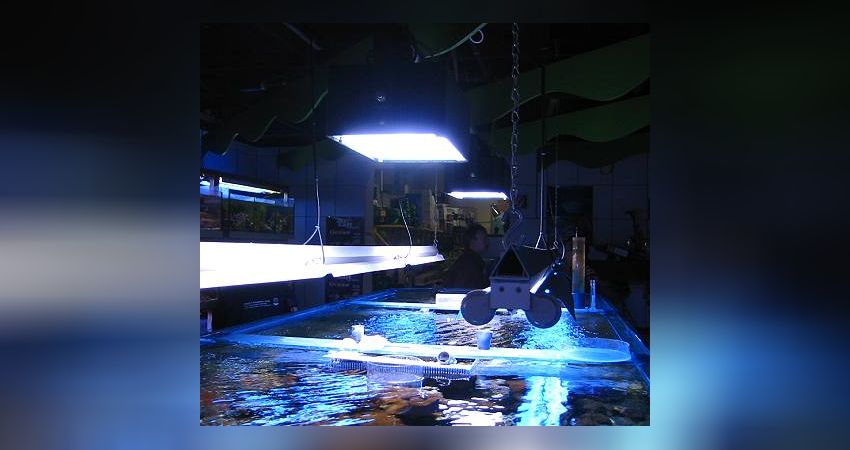
HQI
The Berlin System: Interesting facts about the so-called Berlin System can be found here
Filter systems: The Berlin system with its current extensions:
This article is intended to help newcomers and those switching to a new system to find out in advance which different systems exist and how they differ. Most systems are no longer operated as the inventor once intended. But it is always interesting to know what exactly the systems are all about.
There were a few aquarists from Berlin:
The Berlin system was invented, as the name suggests, by a few committed Berlin aquarists. In addition, the names Dietrich St. Ber and Peter Wilkens should be mentioned in particular, as they are well-known people in aquaristics and they made the Berlin method known. Dietrich Stüber was probably the first stony coral keeper who was able to keep and even propagate an animal from the genus Acropora, at least this is what is claimed in many places. The Berlin system is used all over the world today and is one of the most widespread systems in marine aquaristics. However, it is used in countless variations and modifications.
What exactly is meant by the Berlin system?
The Berlin system usually consisted of the following components:
Living stones, protein separators, HQI, trace elements, activated carbon, lime water/lime reactor/balling mehtode
Living stones:
The set-up of a Berlin system is actually clearly prescribed as far as the rocks are concerned. One uses only living rock. The advantage of living rock is that it is very porous. This is why denitrification, which is important for nitrate decomposition, also takes place inside a living rock.
The more rocks the better, because there are more microorganisms in the whole tank. Closed stones, as well as replica reefs, usually do not achieve the same effect as real living stones. To put it simply, one could say that the entire pollutant degradation of nitrate is then achieved via the living rock.
But beware of rocks that are porous but have been in a plant for a long time. This is often no longer of good quality, one could also say that there is often no trace of life to be found. It is best to buy fresh reef rock on the day it is imported. Ask your dealer. As already described in the course of the article, pay attention to good quality, rock should not stink!
Egg whitener:
By using as much live rock as possible, further filtration can be dispensed with. Yes, it has even proven to be absolutely insufficient and problematic in a coral reef tank (not fish tanks or fish systems, here this type of filter makes perfect sense) to still have a trickle filter in use. It does exactly what we don't want it to do. It produces nitrate in its final stage.
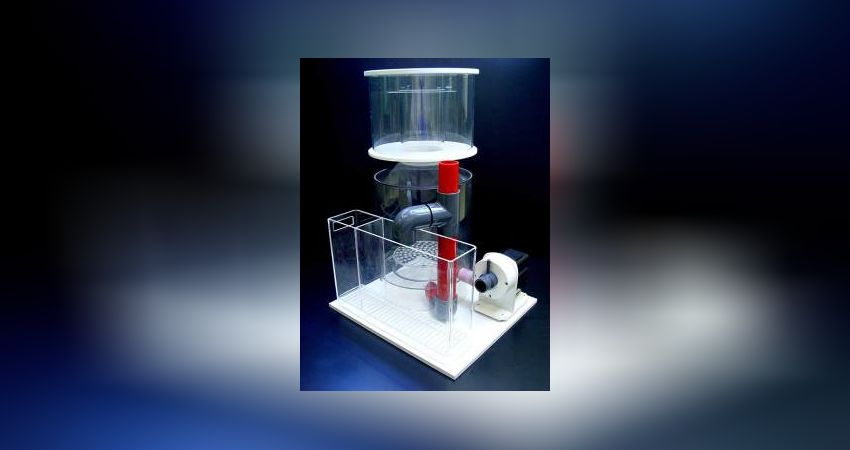
Eiweißabschäumer
Not to be forgotten is the addition of artificial reef rock and relief decoration, which is also often used as a mixture.
In the Berlin system, a high-performance protein separator should be used Under the heading protein separators you will find information on the available types of models.
In the past, the Berlin system mainly used so-called counter-current separators. These are shearers that are and were operated by strong air pumps and lime wood strings. In recent years, however, more and more skimmers have been used that have a venturi (air intake) or needle wheel and a powerful pump. These are much smaller in design but far more powerful than the old standpipes used at that time. The more a clarifier performs, the more it removes polluting proteins from the tank, which are later converted to nitrite and nitrate via intermediate stages.
As in other systems, the yellow substances in the Berlin system are removed by activated carbon or ozone. We would recommend that a good quality activated carbon is used and that it should not remain in the water for longer than a few days. For the application of ozone in the aquarium, we go into a separate article again.
Lighting:
In the Berlin system, there used to be only an exclusive HQI lighting, alternatively, of course, then subsequently also R&O lighting. Nowadays, T5 tube lighting and the familiar HQI lighting are mostly used, sometimes in combination. Today, most aquarists use more light than in the past, despite ever increasing electricity prices.

HQI
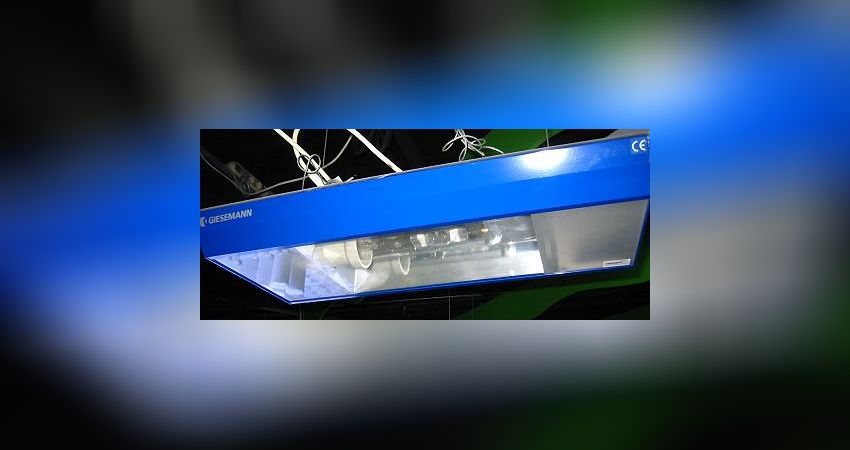
HQI
Lime water/lime reactor and Ballingmehtode:
In the Berlin system, the good old lime water, as far as we know an invention by Peter Wilkens, was used for a long time. For this purpose, a lime water solution is produced via calcium hydroxide and preferably osmosis water. This is then added drop by drop to the aquarium in the early morning hours, before the lights are switched on. Add it drop by drop because this solution is strongly alkaline and could cause severe problems for the inhabitants if added too quickly.
By adding lime water, calcium ions are added, which is very important for building up the calcium skeleton of the invertebrates. A lime reactor works in a similar way, the way it works was described in a previous article.
Today, however, many use a lime reactor or the Ballingmehtode instead of lime water.
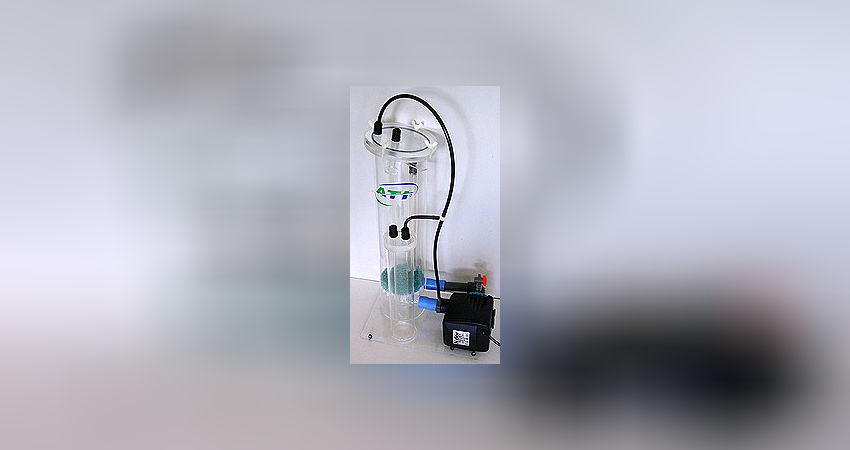
Kalkreaktor
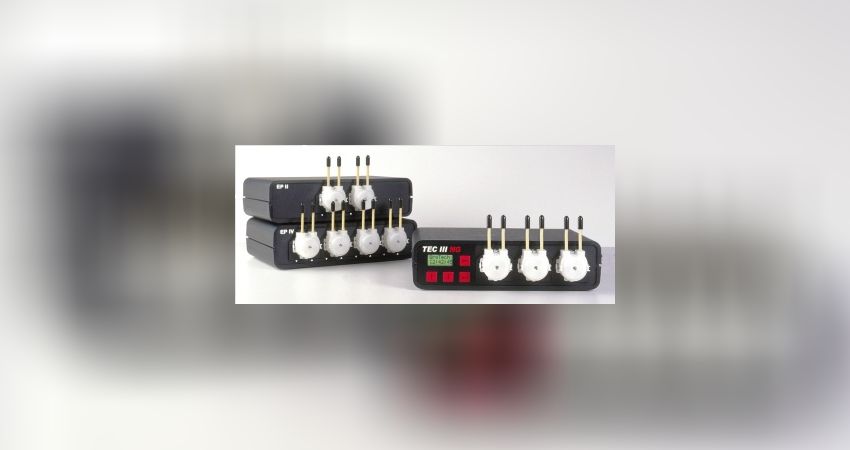
Dosierpumpen
In the current article you will find a link to the explanation of the lime reactor, but also a link to the original report "Ballingmethode" of the inventor, Hans-Werner Balling.
But lime water has a decisive and not unimportant disadvantage !
The addition of lime water causes the phosphate in the water to dissolve. It falls to the bottom and is deposited in the decoration and the substrate over time. Under certain circumstances, the stored phosphate could be broken down by algae, which would lead to undesirable algae growth. However, today there are enough ways and means to prevent this phosphate accumulation in advance with sufficiently different phosphate adsorbers. Most of the time, problems only occur in tanks that have only used lime water for years and then switched to a lime reactor. The addition of Co2 seems to be responsible for algae growth. (Damping) Precisely for the reasons mentioned, the lime water method is no longer necessarily the state of the art. Despite all this, there are still quite a few who use it, sometimes both methods at the same time.
There is still the way of commercial products to obtain magnesium and calcium....... This is okay in itself, but only for small systems that have a low consumption. If you have a larger aquarium, it quickly becomes unaffordable.
Bottom substrate:
Also belongs to the Berlin system. In most of the so-called Berlin systems, the substrate was approx. 1 - 5 cm high and was made of coral rubble or coral sand. Today, finer types are often used, such as fine sand, or no substrate at all.
Trace element supply and water changes:
Also in the Berlin system, the used trace elements are dosed in.
Clearly, with the growth of algae and corals, you have not a few consumers. In addition, the protein separator also removes many of the added elements from the system.
It is also important in the Berlin system to develop an eye for it, in order to better express a salty hand. For example, only the main factors such as calcium, magnesium or strontium can be measured.
For this purpose, however, a water change is very well suited to balance out substances that accumulate too much or substances that are only present in small quantities. A water change is therefore also part of the Berlin System. With approx. 5% a week or 15% - 20% a month, depending on the consumers and water values, you are on the safe side.
Vodka, bacteria to Zeovit
In the following time you will hear these terms Zeovit, vodka and bacteria. Sooner or later you will be confronted with them. If you decide to use one of the systems, we can only urgently advise you to deal with the subject matter of the respective method in detail.
Because rarely have there been so many different opinions among aquarists about these seemingly different systems, which are not as different as one would assume at first glance.
Since the entire topic would clearly go beyond the scope of this article, we will not go into the extensions, which all use the Berlinger system as a starting point. (Stones, Decoration and Skimming) With all three systems it is important to have a powerful skimmer in the system. Especially the Zeovit system stands for coloured stony corals. You can find some articles about vodka and zeovite on the website www.korallenriff.de, which will shed more light on these topics, some of which are still quite new and often discussed.
Frank Diehl, Robert Baur-Kruppas
How do you like this article?
Info
Author

Bookmark
Comments
Topics
Similar articles
- 04 - Light
- 35 - Shrimps in the aquarium
- 33 - Butterflyfish in a community aquarium?
- 29 - Surgeonfishes Part 1
- How a marine aquarium is created Part 34: Who eats our snails?
- How a marine aquarium is created Part 44: Changes are coming!
- 25 - Small polyp stony corals
- How a marine aquarium is created Part 47: The Armatus 400 after 30 months
- 28 - The repositioning of fish
- How a marine aquarium is created Part 32: The aquarium on holiday
Comments To the top
Please register
In order to be able to write something yourself, you must register in advance.






